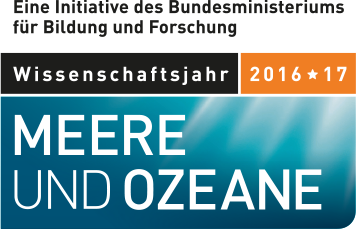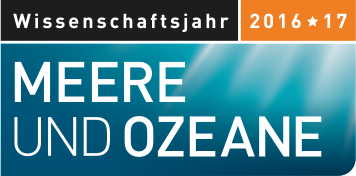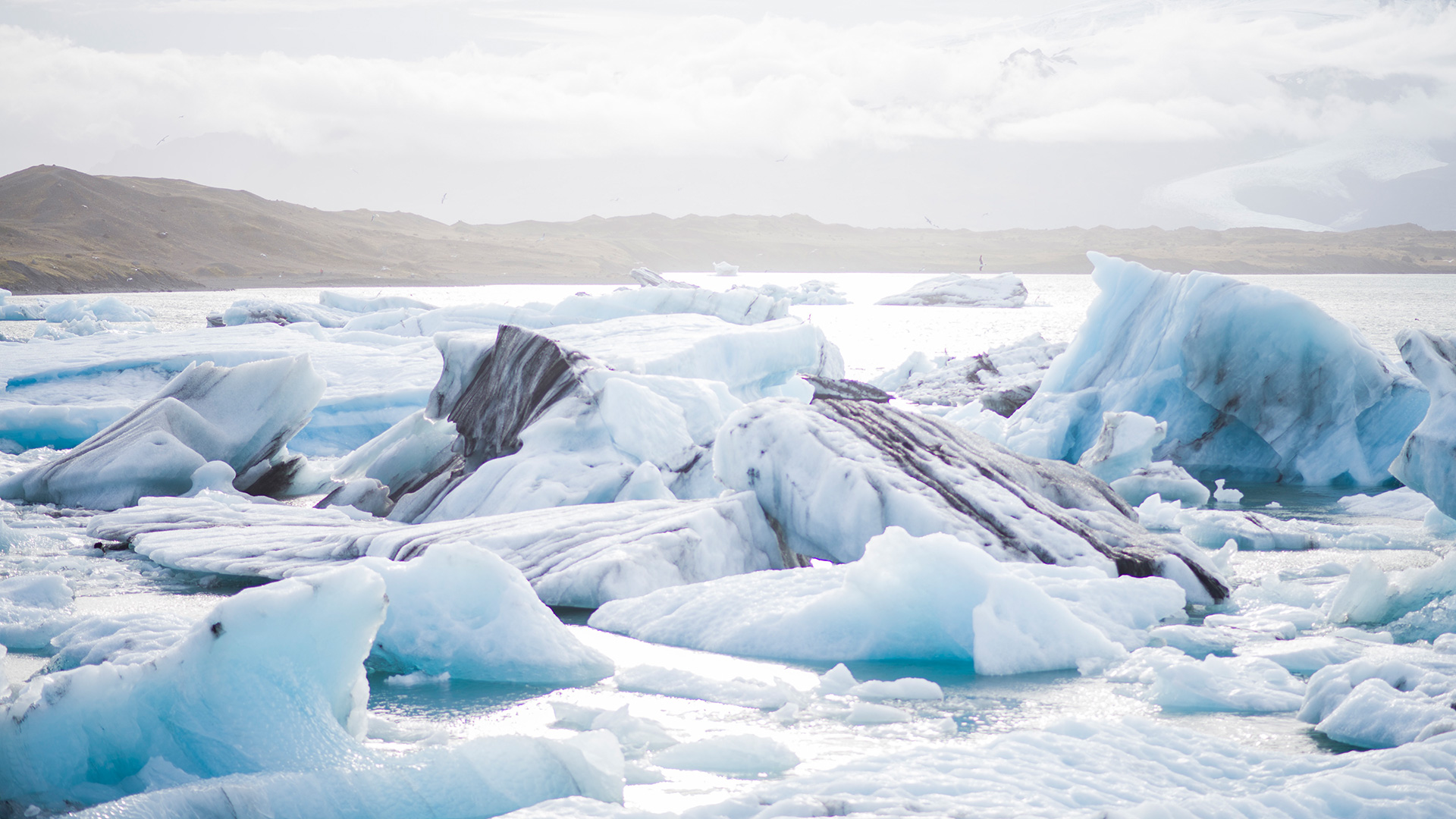Life in the sea ice
Strange things happen when seawater turns to ice. First of all it forms a drifting mass that is reminiscent of slush. Then pancake-shaped plates form and later ice floes that can be up to several metres thick. Perhaps the most amazing thing about sea ice is that the tiny channels inside the ice are not empty but are populated by a wide range of organisms including algae, bacteria and microscopic crabs.
But how does biology influence the exchange of gases between the ocean and the atmosphere? That is the question which David Thomas has been working on for several years now.
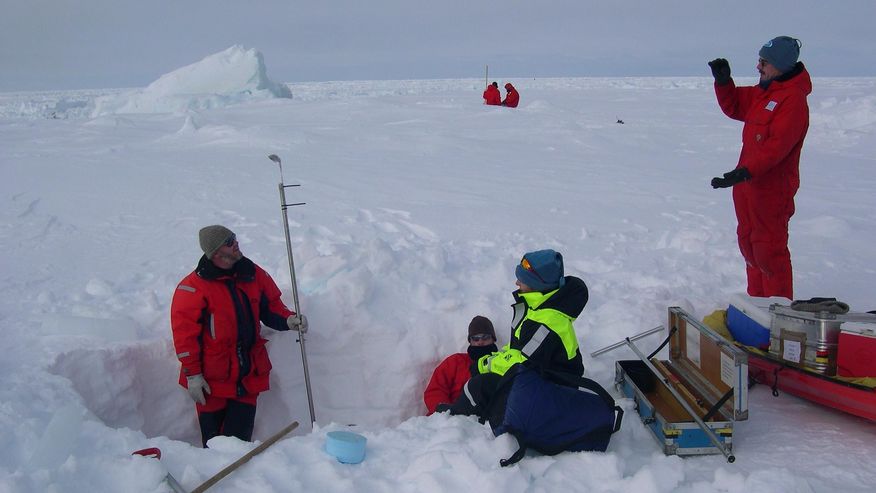
Professor Thomas was inspired to devote himself to studying life in the sea ice by a research stay at the Alfred Wegener Institute for Polar and Marine Research in Bremerhaven. Since then he has researched the micro-organisms, the food chain and the bio-geochemical processes in the ice on numerous expeditions to the Arctic and Antarctic. He has investigated, for example, how the metabolisms and excretions of the organisms inhabiting the pores of sea ice change the chemistry of that ice.
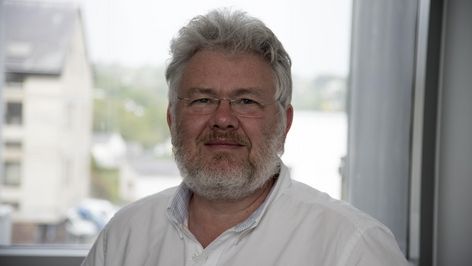
David Thomas is Professor of Marine Biology and Head of the School of Ocean Sciences at Bangor University in Wales. After gaining his PhD at the University of Liverpool, Thomas held various research posts in Germany between 1989 and 1996 at the universities of Bremen and Oldenburg, the Alfred Wegener Institute in Bremerhaven and at the Centre for Marine Tropical Ecology in Bremen. From 2001 to 2003 he spent several months as a Climate and Oceanography Fellow at the Hanse Wissenschaftskolleg in Delmenhorst, which was a key time to his German experience.
An important part of his research takes place every couple of years in Hamburg at the Hamburg Ship Model Basin (HSVA) where he has already carried out a number of experiments together with an international team each lasting several weeks. "It's a fantastic facility," enthuses Professor Thomas. Basins measuring 30 by 6 metres are filled with water from the North Sea in a hall which can be cooled to minus 15 degrees Celsius. The team allows ice to form that is as close as possible to natural sea ice - there are even bacteria in it. With the aid of sophisticated sensor systems, they record the transfer of gases as the thickness of the ice increases.
One of the most important findings from Professor Thomas' research is that sea ice is not like a lid on top of the ocean. It does not completely stop the flow of substances such as the greenhouse gas carbon dioxide between the atmosphere and the ocean. "There is an exchange of substances in both directions," says Thomas.
In the meantime he only has little time to spend on his favourite topic, because he is the Director of a Welsh research network for sustainable development and chairs the Programme Advisory Group of a research programme on the Changing Arctic Ocean (which includes German-BMBF and UK-NERC collaboration) in addition to his job as Head of the School of Ocean Sciences at Bangor University. Yet he believes that it was his experiences in Germany which have taken him to where he is today. "I would recommend it to anyone to broaden their horizons and be part of international collaboration projects," says Thomas. Science gains enormously from the different ways of working and ways of looking at things that researchers from different countries bring with them.
Further information:
